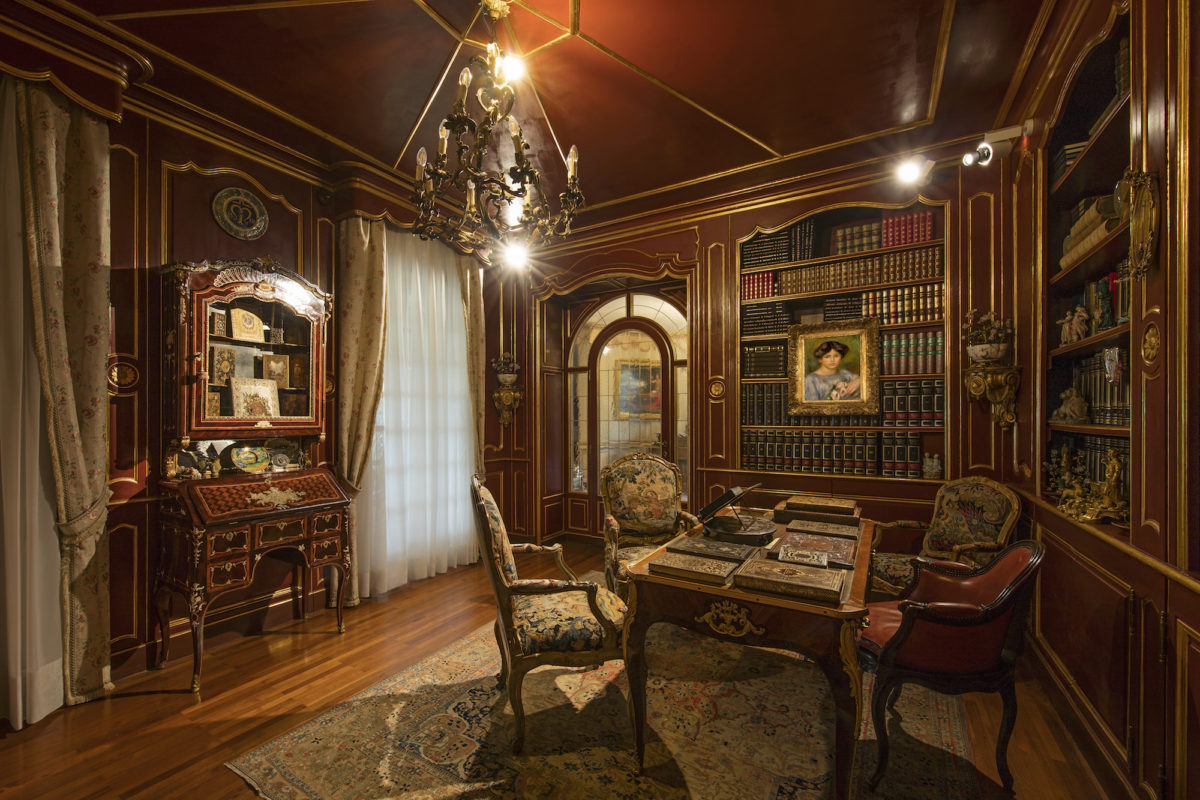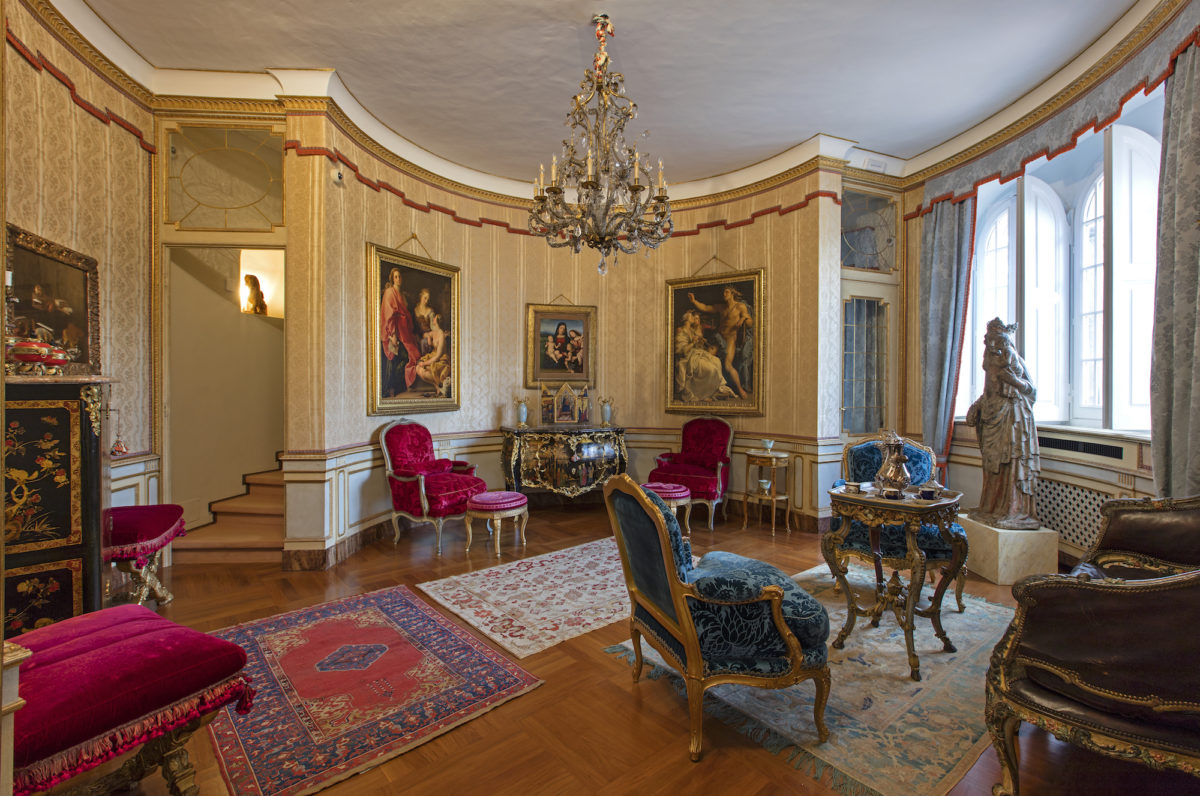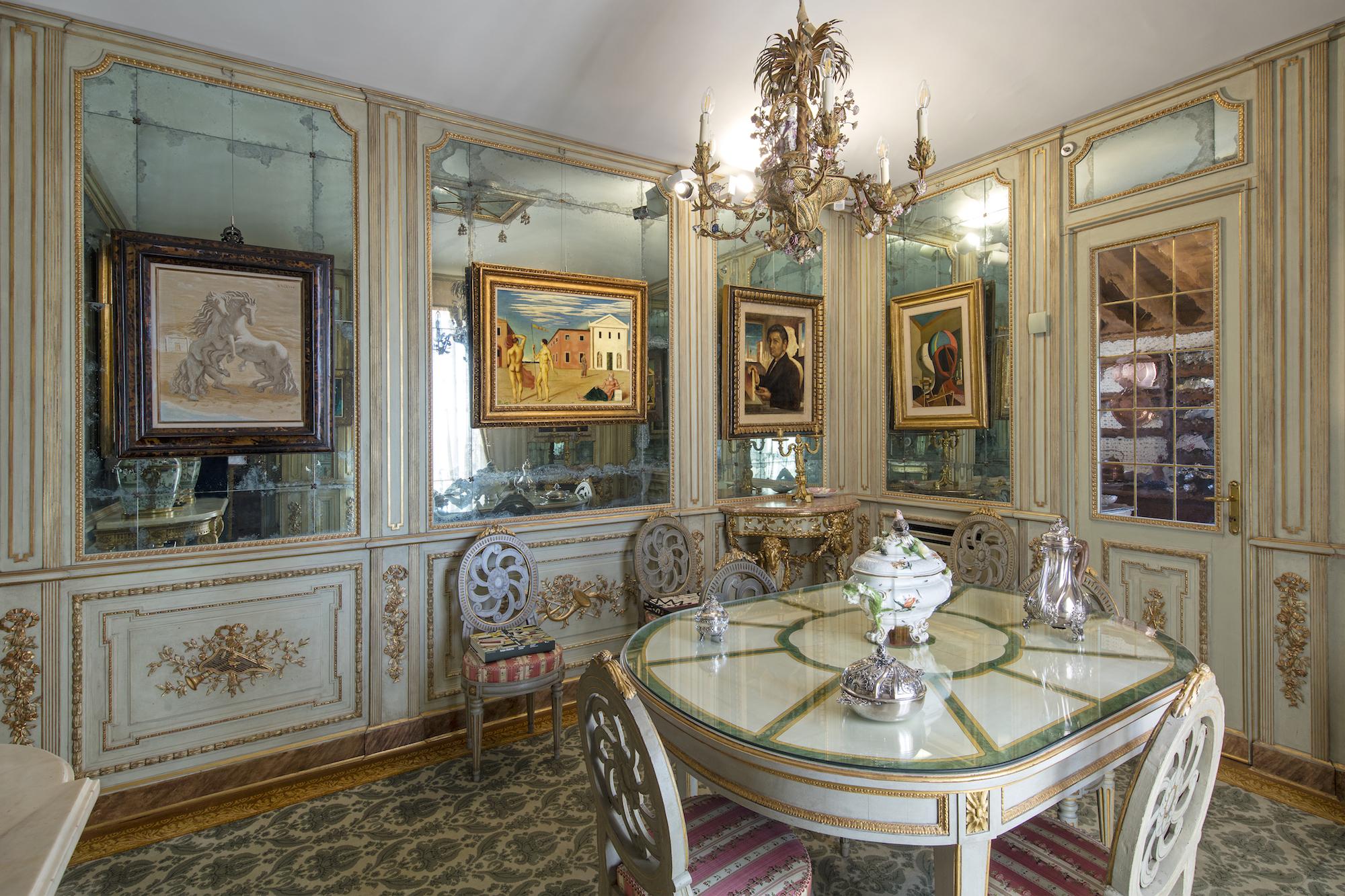
What
When curator Carolyn Christov-Bakargiev unveiled the Cerruti Collection in 2017, the art world’s collective jaw hit the ground. It seemed almost too good to be true: a stupefying agglomeration of art, furniture and rare books, concealed from prying eyes for over half a century. Gathered together by the reclusive collector Francesco Frederico Cerruti from the 1960s until 2014, it represents a capsule history of European (and especially northern Italian) art. Major Renaissance paintings, the complete collection of Goya’s Disasters of War, modern painters from Boccioni and Balla to Burri and Bacon, 15 major works by de Chirico, and much more, all displayed in a sumptuous villa.
On Cerruti’s death in 2015, a foundation sprang into action with instructions to keep the works together and loan them permanently to the Castello di Rivoli, Italy’s leading museum of contemporary art, just outside Turin. As traditional museums around the world strive to embrace the present moment, a contemporary art museum thus found itself in the rare position of acquiring an index of art history.
- Lo studio, veduta d'installazione, Villa Cerruti, 2019 (left); Il salone circolare, veduta d'installazione, Villa Cerruti, 2019 (right)
Who
The story of Francesco Frederico Cerruti feels like something from a mid-century novel. Born in Genoa but based in Turin from a young age, he began working for his father’s small bookbinding business in 1943. He had a genius for sniffing out technological innovation, and in 1953 brought the process of ‘perfect binding’—where books are glued rather than stitched—to Italy. The company prospered, and Cerruti became rich. He developed a remarkable double life. From Monday to Saturday Cerruti lived modestly in an unassuming apartment near his office; such was his austerity that employees nicknamed him ‘the accountant.’
Every Sunday morning, however, Cerruti would decamp to his out-of-town villa and study his possessions for the day, before departing back to the city before dark. He only slept in his hidden paradise once. Twice a year, a group of close friends were invited over, but few others ever saw inside. Although he (anonymously) loaned his masterpieces to museums across the globe, the existence of his collection remained a closely-guarded secret until Christov-Bakargiev’s announcement.
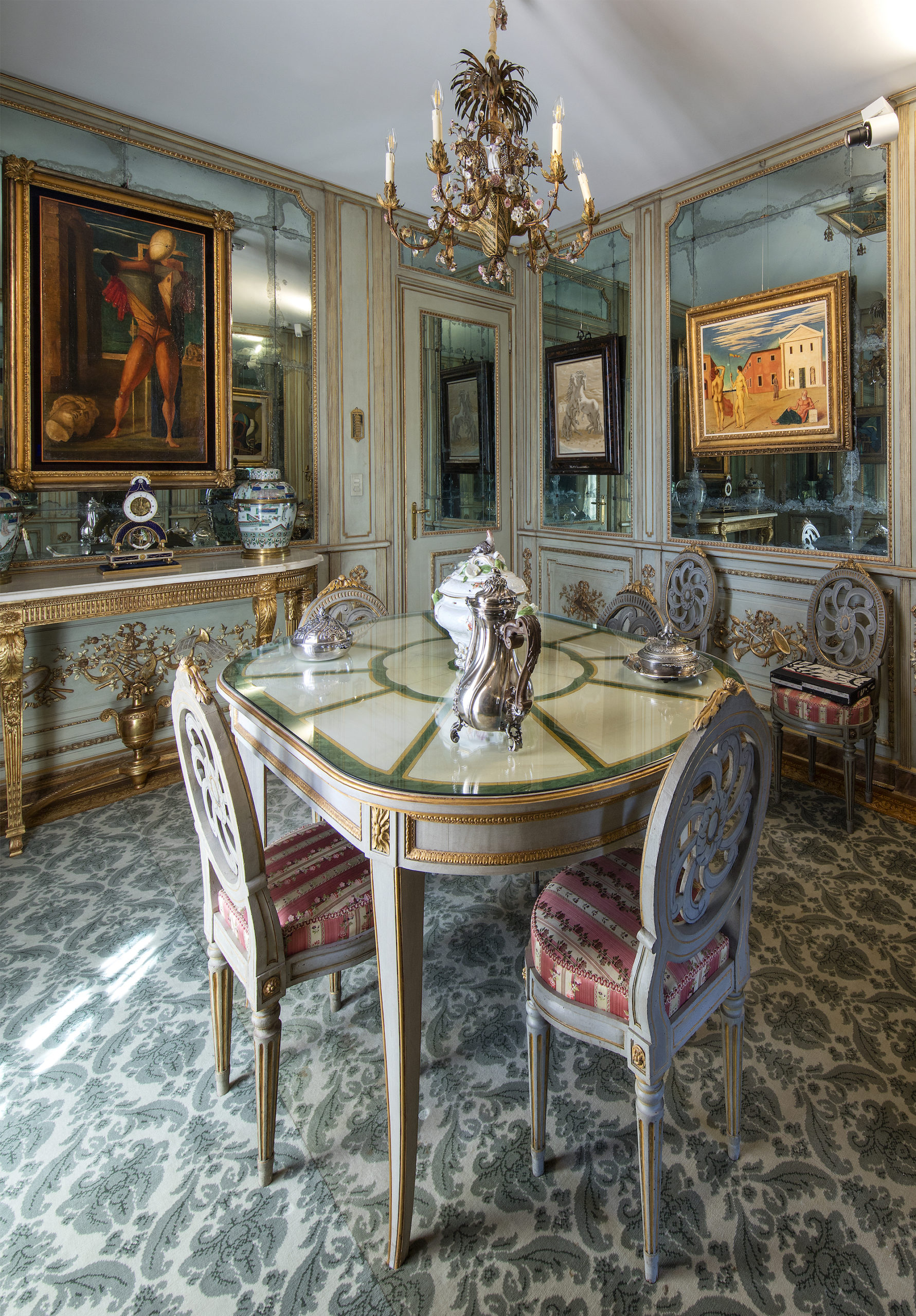
Where
In a further twist of fate, Cerruti’s villa sits only about a 10-minute walk from the Castello di Rivoli, in remarkable proximity to the bustling contemporary art centre. Custom-designed in what Cerruti described as ‘Provençal’ style with smooth modern curves and a distinct tower, its interior has the opulence of a rococo palazzo. One room, where Cerruti would eat lunch in winter, has multiple works by de Chirico on its mirrored walls. An exquisite Modigliani portrait, recently seen in the Tate Modern, hangs on a staircase.
As one might expect given his profession, Cerruti was passionate about books, and filled his house with both rare volumes and artworks depicting them. There is a painting by the mannerist pioneer Pontormo of a Gentleman with a Book and Glove. A minute Renoir, the last work Cerruti bought, is hung atop a bookcase. Outside, Cerruti’s peaceful garden is filled with fine art-nouveau wicker furniture.
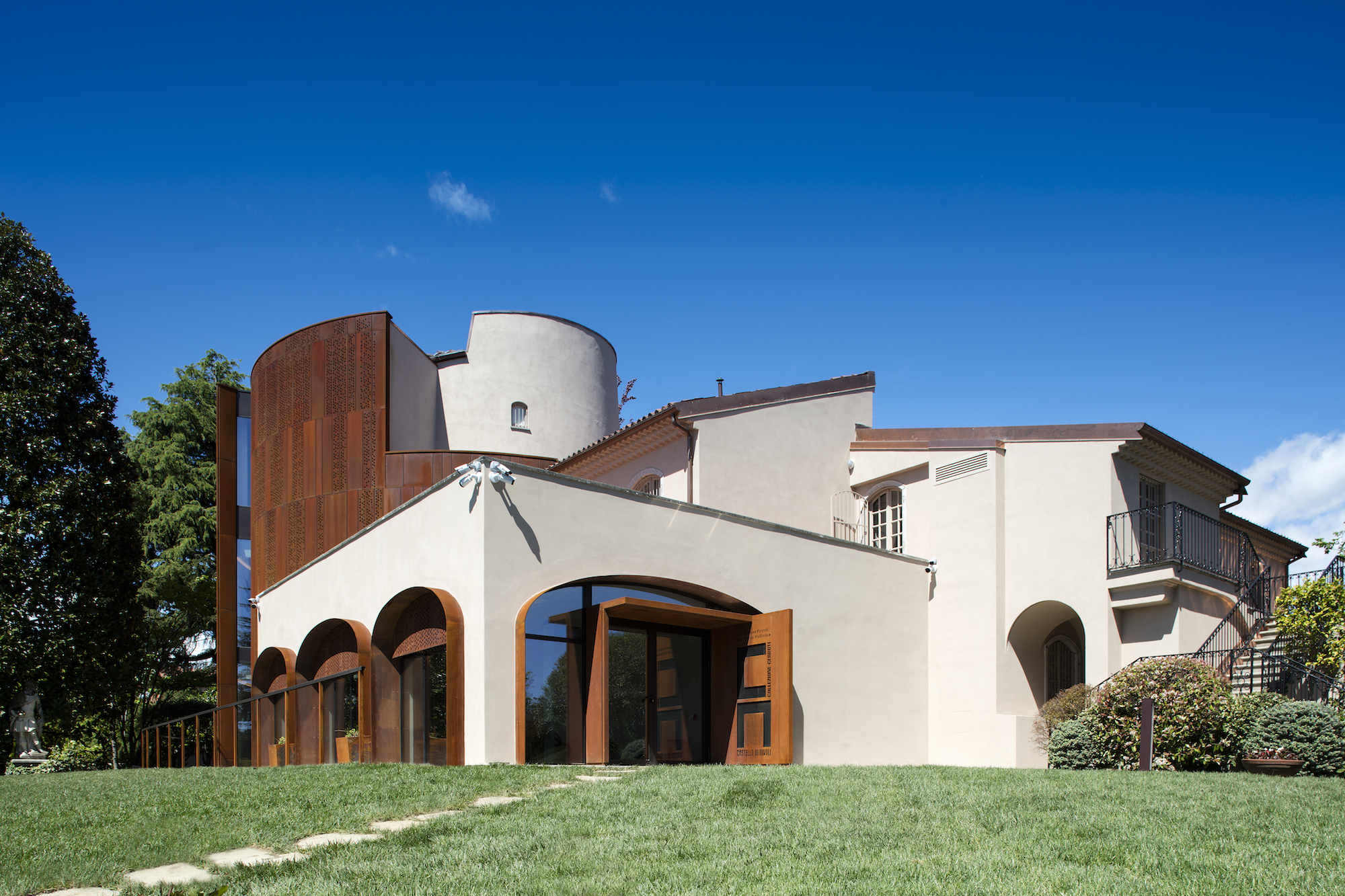
Why
The artworks, objects d’art and rare volumes contained in Cerruti’s villa are reason enough to visit; this is one of those cases where the sum-of-its-parts is so fine that the whole can fall out of focus. But if one is able to look beyond the treasures themselves, Cerruti’s attempt to form a holistic view of European art history, carefully arranged in a series of marvellous sequences, is a wonder to behold.
One of Cerruti’s printing specialisms was the sort of luxurious catalogues and monographs published by the likes of Rizzoli, projects that mechanically reproduce artworks into flat images. Yet Cerruti’s private kingdom is instead a testament to the continuing power of a direct experience with art—as well as the extravagant encore of a manner of collecting and living with art that today’s investment-motivated market has almost eliminated.
All photos © Antonio Maniscalco
